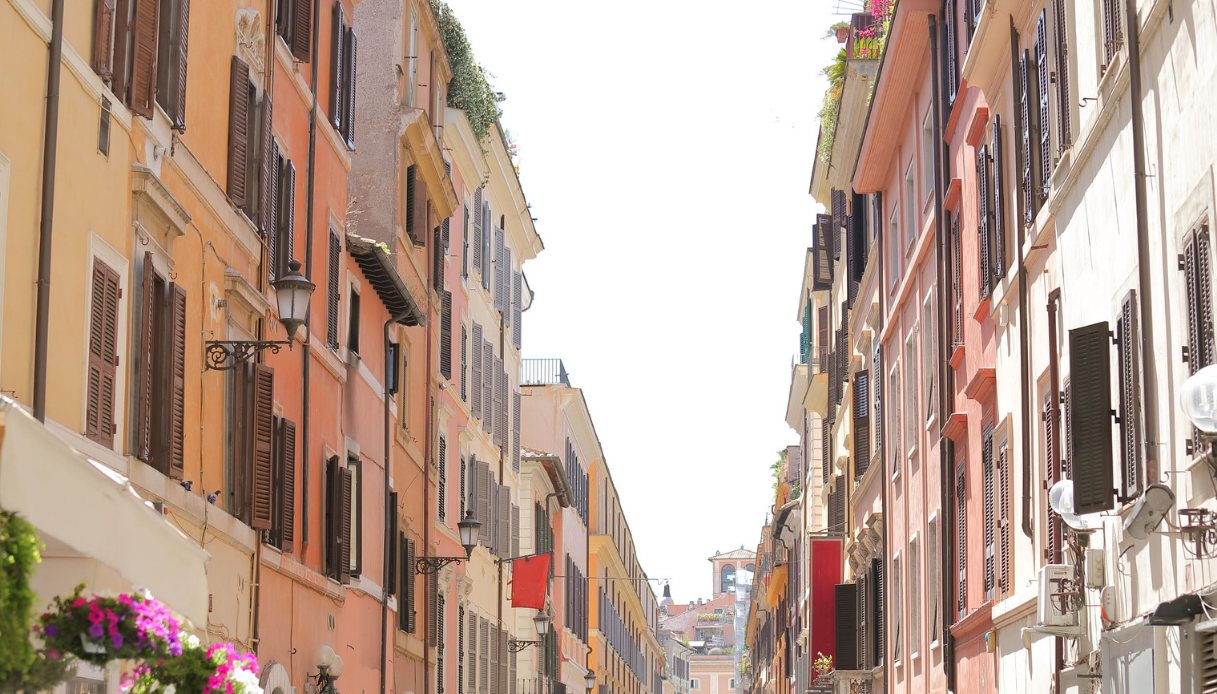New important indications come from the Revenue Agency regarding the so-called bonus facades, which allows for a deduction equal to 90% of documented expenses incurred in 2020 for interventions aimed at the recovery or restoration of the external facade of the buildings (who find all the info).
Despite the restrictions (the bonus is valid only for existing buildings located in zone A or B classified as “homogeneous territorial zones”), many Italians have already requested it. But the nuances of the unclear subsidy are still different.
Bonus, as the facade must be
A taxpayer asked the Revenue Agency a very specific question. As a condominium of a condominium located in zone A (historic city), the assembly of his condominium has approved the execution of restoration and restoration work on the opaque structures, balconies and friezes of the rear facade of the building.
In particular, the restoration of the deteriorated plaster parts, the repainting of the opaque structure and the balconies and the arrangement of the common plant parts on the same facade will be carried out. The rear facade, consisting of two sides at right angles to each other, is part of the external perimeter of the building, overlooks the surrounding buildings from afar and is visible only partially from the road as it does not face directly.
We know that the bonus is also due for expenses incurred for interventions carried out on the internal facades of buildings, as long as they are visible from the street without establishing that, for the purposes of the concession itself, visibility is total. In this case, are the expenses incurred for the interventions in question eligible for the facade bonus, even if the facade of the building being worked on is partially visible from the street?
The law also provides that, for the purposes of the facade bonus, the interventions are aimed at the recovery or restoration of the external facade and are carried out exclusively on the opaque structures of the facade, on balconies or on ornaments and friezes.
The explicit reference to the interventions carried out exclusively on the opaque structures of the façade, on the balconies, ornaments and friezes, means that interventions on the visible external envelope of the building, i.e. both on the front, front and main part, are admitted to the façade bonus of the building, both on the other sides of the building, and in particular the interventions on the elements of the facade constituting exclusively the “vertical matte structure“.
It is, by way of example, the consolidation, restoration, improvement and renewal of the aforementioned elements constituting the vertical opaque structure of the facade itself and the mere cleaning and painting of the surface, the renewal of the constituent elements of the balconies, ornaments and friezes as well as works attributable to the urban decoration such as those relating to the gutters, downspouts, parapets, cornices and the arrangement of all the plant parts that insist on the opaque part of the facade.
The deduction it is not, however, among other things, for interventions carried out on the internal facades of the building, except for those visible from the street or from ground for public use. Therefore, expenses incurred for interventions on the surfaces bordering on cloisters, shafts, courtyards and internal spaces must be considered excluded, except for those visible from the street or from ground for public use. Just as it is not in the case of simple shutters or blinds.
To summarize, the facade bonus is therefore due to the expenses incurred for the interventions carried out on the internal facade of the building even if this, as in the present case, is only partially visible from the street.
Deduction or tax credit, also transferable
Those who incur expenses for the recovery or restoration of the façade of existing buildings, including those for cleaning or painting the outside, can opt, instead of using the deduction directly, for a contribution, in the form of a discount on the amount due, up to a maximum amount equal to the consideration due, advanced by the supplier who carried out the interventions and recovered by the latter in the form of tax credit, with the right to subsequently assign the credit to other parties, including banks and other financial intermediaries.
Alternatively, taxpayers can opt for the assignment of a tax credit for an amount corresponding to the deduction to other subjects, including credit institutions and other financial intermediaries with the right, for the latter to subsequently transfer.
– .


